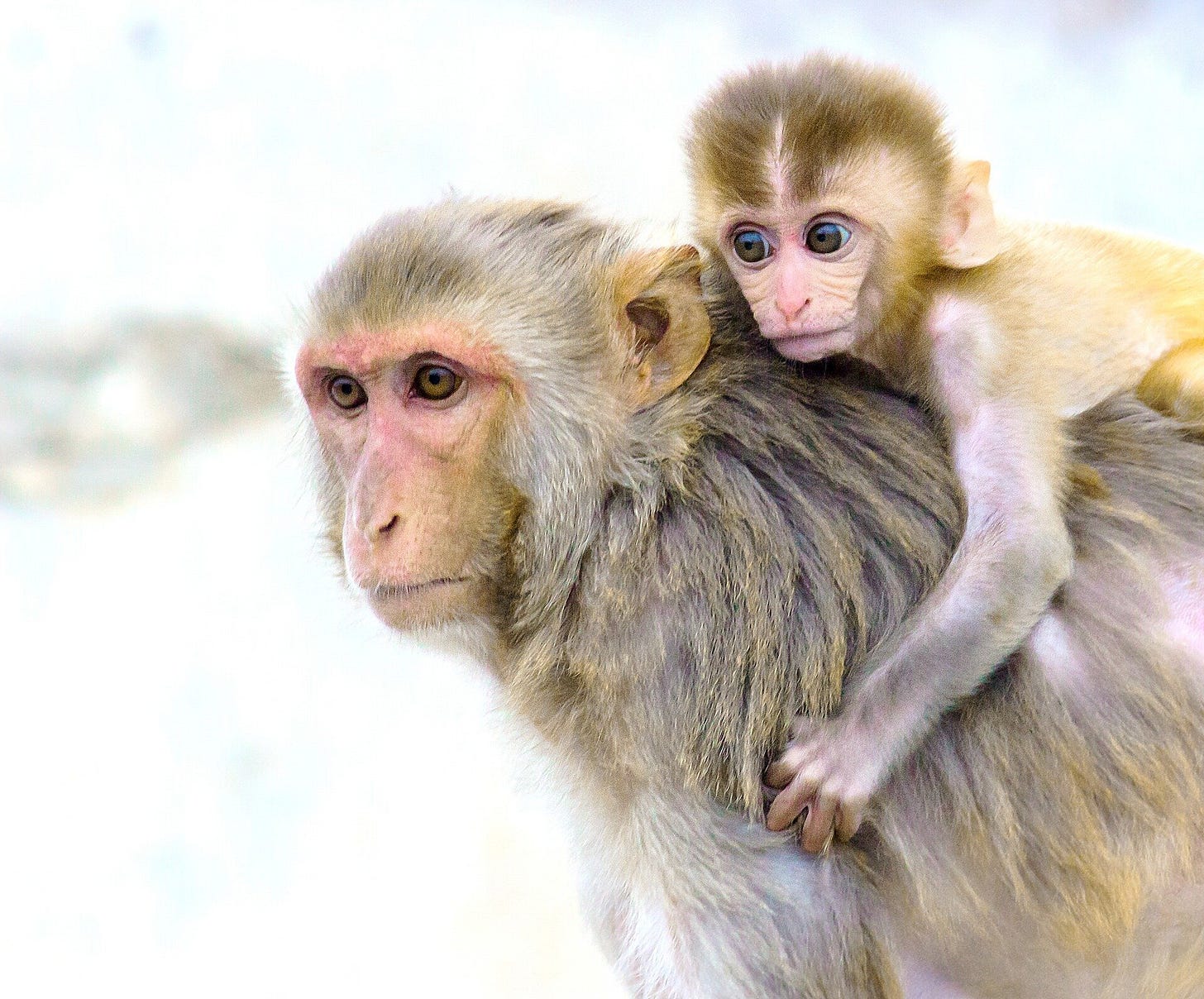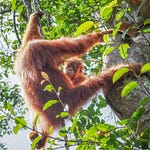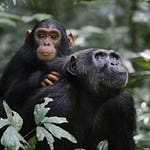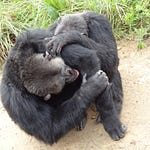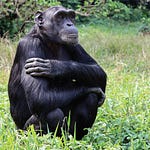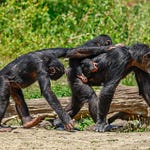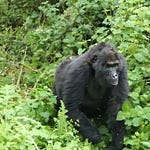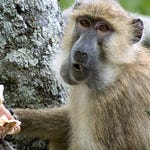When an infant dies in a human family, the emotional aftershock often leaves a mark visible in posture, appetite, and energy. Grief clings like fog. But among macaque mothers, something very different unfolds after the death of a child—not a collapse into despair, but a curious burst of motion.
A new study published in Biology Letters1 by researchers at University College London sheds light on the subtle contours of nonhuman primate mourning. The research team, observing macaques at the Caribbean Primate Research Center on Cayo Santiago, found that mothers who lost their infants became physically restless in the days following the death. But they did not slip into a state analogous to human grief.
"We had expected the bereaved macaques to slow down, as grieving humans often do," said Dr. Alecia Carter, a behavioral ecologist at UCL.
"Instead, they became more active—less restful—even though their grooming and feeding behaviors stayed the same."
This surge of movement wasn’t just random activity. Researchers suggest it may reflect a protest phase, a concept drawn from decades of primate studies on maternal separation. In those experiments, mother-infant pairs separated by handlers often showed early bursts of distress before calming into resignation. But what followed in those cases—a second phase of despair—was notably absent here.
Grief or Bereavement? Drawing the Line in Animal Emotion
To understand these findings, it’s important to distinguish two concepts often lumped together in conversations about loss: bereavement and grief. Bereavement refers to the state of having lost someone. Grief, by contrast, is the emotional and behavioral response to that loss.
This distinction became central to the study, which sought to answer a deceptively simple question: Do nonhuman primates grieve?
"There’s plenty of anecdotal evidence suggesting they might," said Emily Johnson, the study’s lead author and a graduate student at UCL.
“But many of those observations are filtered through the lens of human emotion—especially when they come from pet owners interpreting their animals’ behavior.”
Instead of relying on impressions, the researchers turned to empirical behavior. They monitored 22 macaque mothers—11 of whom had recently lost infants—and tracked their activity over a 16-day window using CyberTracker, a software tool typically employed for ecological fieldwork.
Each mother’s actions were categorized: resting, feeding, grooming, and displacement behaviors such as pacing, self-touching, or frequent movement. The bereaved mothers rested less. But they did not show the broader constellation of behaviors that might indicate grief as it’s understood in human psychology: reduced appetite, diminished social contact, or lethargy.
The Thin Line Between Human and Animal Grief
The findings don’t shut the door on the possibility of animal grief, but they do suggest a different pattern—one not easily mapped onto human frameworks.
“We may need to rethink what grief looks like in nonhuman animals,” Carter said.
“It might not mirror our own responses, and yet still represent a meaningful reaction to loss.”
This study enters a growing field known as evolutionary thanatology—the cross-species study of death, bereavement, and mourning. From elephants that linger beside their dead to birds that fall silent after a mate’s disappearance, the animal kingdom may hold many versions of grief, some loud and visible, others quiet and strange.
In this context, the macaques’ restlessness is neither cold detachment nor clear evidence of sorrow. It’s a liminal state—an evolutionary echo of maternal attachment—and perhaps a behavioral bridge between instinct and emotion.
What This Means for Understanding Human Evolution
Human grief is rich, layered, and shaped by memory and meaning. Yet its origins are likely older than Homo sapiens.
Our ancestors, too, were primates. And like today's macaques, they may have carried the seeds of mourning without the cultural scripts we now use to express it.
"There’s a temptation to see our grief as unique," Johnson noted.
“But by studying how other species respond to death, we get glimpses into the evolutionary past of emotion—and how behaviors like caregiving and loss have shaped social life for millions of years.”
The macaques don’t weep, but they do respond. And in their restless movements, scientists are beginning to trace the roots of something that looks—if only faintly—like sorrow.
Further Reading & Related Research
Anderson, J. R. (2016).
"Comparative thanatology." Current Biology, 26(13), R553–R556.
https://doi.org/10.1016/j.cub.2016.05.052Kalan, A. K., et al. (2019).
"Chimpanzees use vocalizations to coordinate group movements in the wild."
Science Advances, 5(9), eaav0726.
https://doi.org/10.1126/sciadv.aav0726
(Includes discussion of chimpanzee behavior near corpses.)Fashing, P. J., Nguyen, N., Venkataraman, V. V., & Kerby, J. T. (2011).
"Death among geladas: A case of a mother’s persistence in caring for her deceased infant."
American Journal of Primatology, 73(5), 415–421.
https://doi.org/10.1002/ajp.20917Bearzi, G., et al. (2018).
"Cetacean behavior toward dead conspecifics: Insights on cetacean death and postmortem social behavior."
Zoology, 128, 1–15.
https://doi.org/10.1016/j.zool.2018.05.003Boissy, A., et al. (2007).
"Assessment of positive emotions in animals to improve their welfare."
Physiology & Behavior, 92(3), 375–397.
https://doi.org/10.1016/j.physbeh.2007.02.003
Johnson Emily A., Talyigás Flóra and Carter Alecia 2025Macaque mothers’ responses to the deaths of their infantsBiol. Lett.2120240484 http://doi.org/10.1098/rsbl.2024.0484


